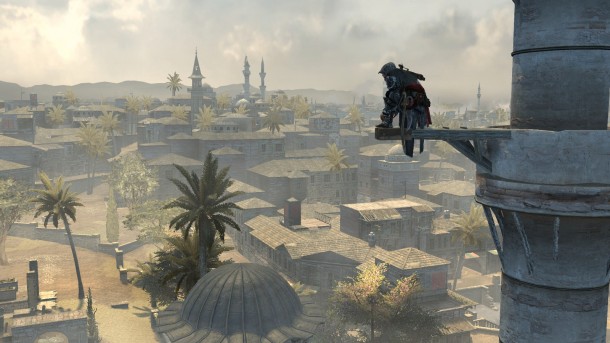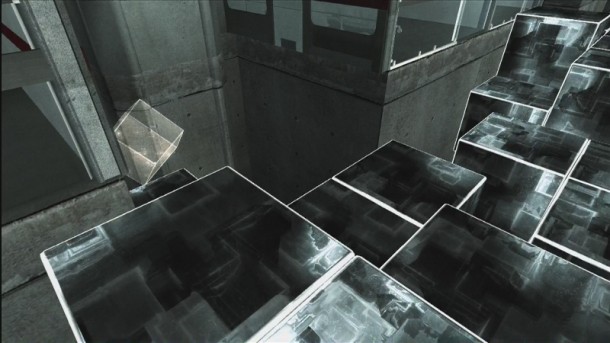Page 1 Page 2
Honesty is the best policy.
We’ve all heard that one growing up. As a child, this saying often referred to what you’re supposed to do when you get into trouble. Only good things will happen if you tell the truth; positive things will follow if you’re honest. This not only pertains to being honest with others, but with oneself.
Existential philosopher Jean-Paul Sartre wrote about this in On Being and Nothingness. He writes about what it means to do things in “bad faith.” Wikipedia defines the act of doing something in bad faith as “the phenomenon where a human being, under the pressure of societal forces, adopts false values and disowns their innate freedom to act authentically.” Acting authentically means staying true to your personality, spirit, and character. When outside factors cause a discrepancy between one’s actual behavior and authentic behavior, there’s a problem.
In working to clear out my backlog this summer, I’ve found two games that resonate with this notion – each on either side of the spectrum, which leads me to believe that the same can be said about video games. Games can be designed with honest intent. And conversely, they can be designed in bad faith. If game developers don’t stay true to the spirit of what they are creating, the product suffers.
Here’s a popular one from my childhood.
“These jeans aren’t baggy enough. No one wears them like this,” I’d say to my parents as I looked, longingly, at the pair of Levi Wide-Legs in the middle of a department store in Paramus. I hated my parents’ resilience against my adolescent angst. But the fact of the matter was that the “cool kids” wore baggy jeans, and I wanted to be a “cool kid.” I’d kick rocks, being unhappy with myself, my parents’ lack of understanding, and society. For what? For jeans. I was being dishonest with myself. The more I tried to be “cool,” the unhappier I became.
Games can fall victim to this type of dishonesty too. Design choices can be made in bad faith when they’re made for the wrong reasons.
Certain parts of Assassin’s Creed: Revelations were designed in bad faith because they did not stay true to the spirit of the franchise. The tower defense mini-game comes to mind as it was unlike anything that represents Assassin’s Creed gameplay. I couldn’t help but think that this was Ubisoft trying to hone in on this non-existent subset of their fanbase that felt like the Assassin’s Creed experience was missing tower defense. The tower defense mini-game wasn’t particularly original or well-crafted; it was distracting.
I would have enjoyed defending my dens much more if they had just spawned a dozen guards in front of the building that I would eventually have to kill off. At least that would have been more true to the spirit of the Assassin’s Creed franchise. I’m up for trying new things. But if you’re going to try something new, really think about it and make sure it fits and works well.
Over the course of the game, the player has a several chances to gain insight into Desmond’s backstory by visiting Animus Island. This should be an important part of playing Revelations because over the last three games, we’ve learned much about Desmond’s ancestors, but little about Desmond himself. Narratively, it seems like a great opportunity to give us something special to play through. Instead, Ubisoft chooses these moments to introduce a first-person puzzle platforming sequence that is reminiscent of a Portal knock-off. Meanwhile, Desmond reminisces about life before the Animus as still shots of important places in his life are projected up on the wall.
Suddenly, the series that was about reliving the lives of ancestors, in their own shoes and through my gameplay, was spoon-feeding me narrative while I fumbled around in these first-person puzzle platforming sequences. It was frustrating, and it wasn’t representative of what the series stood for.
Page 1 Page 2






2 Comments